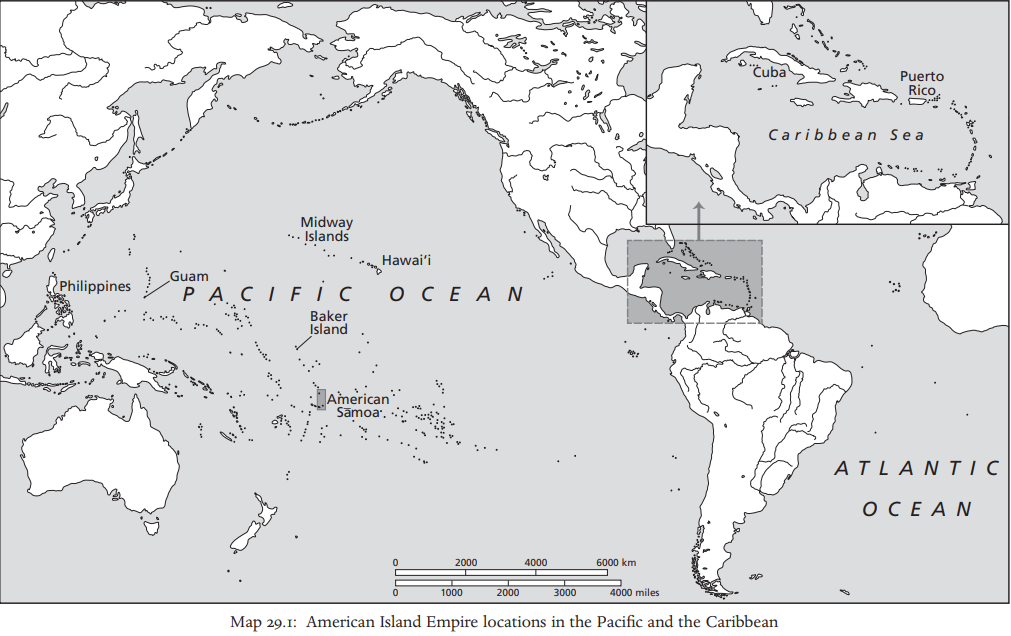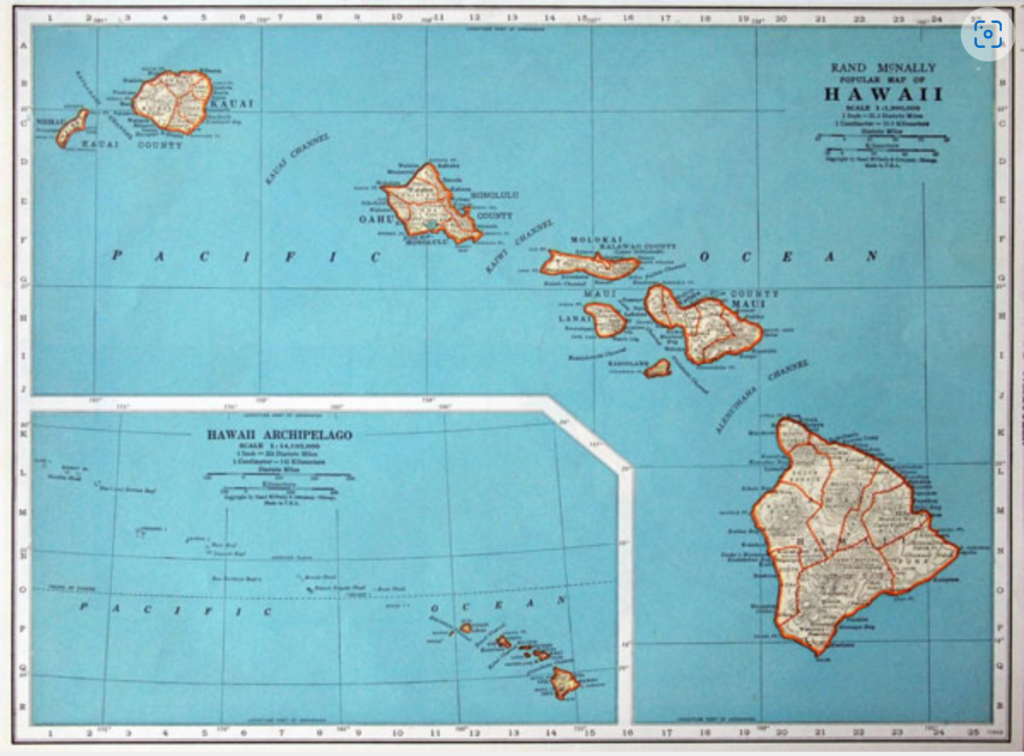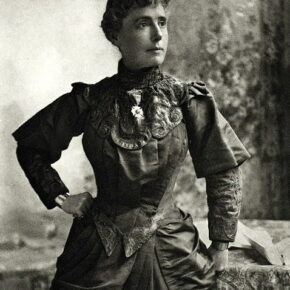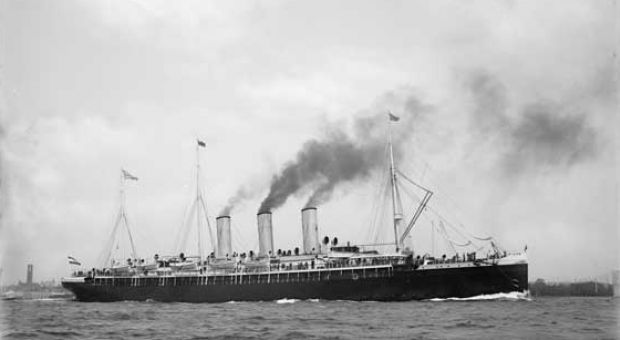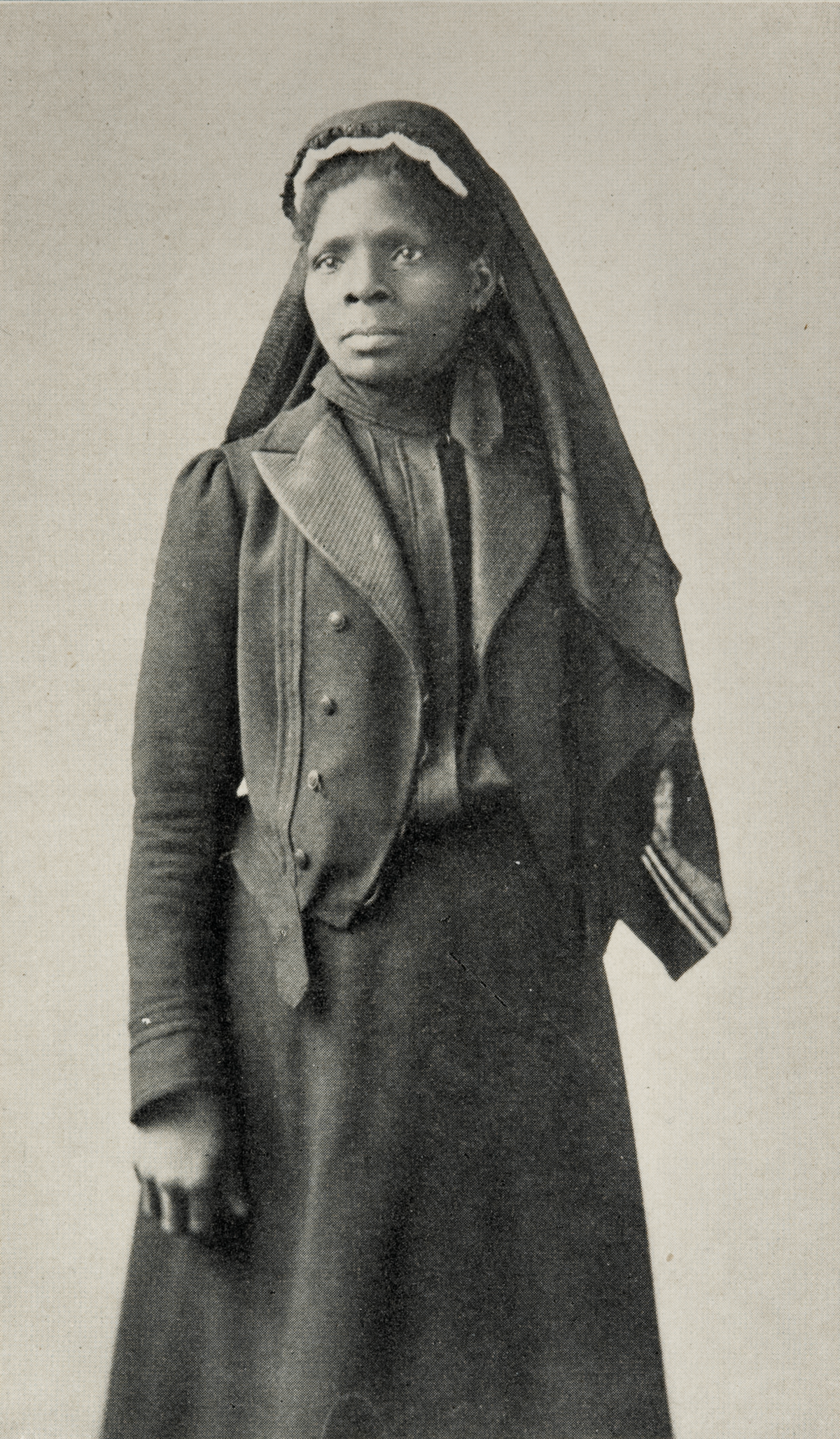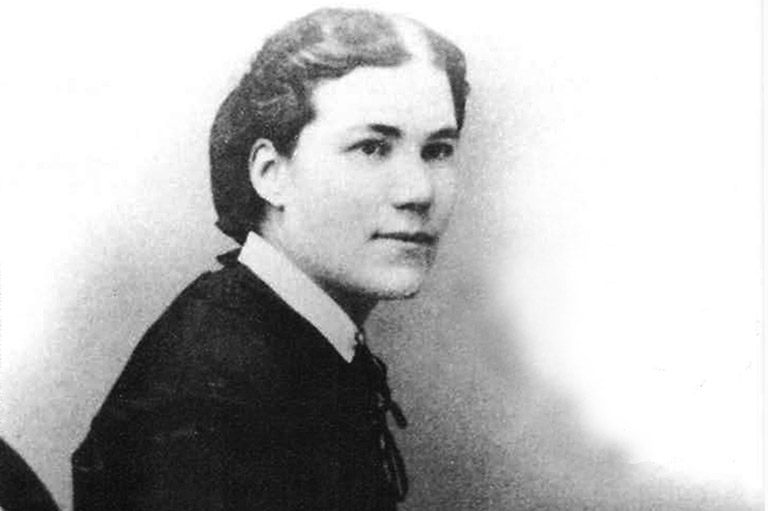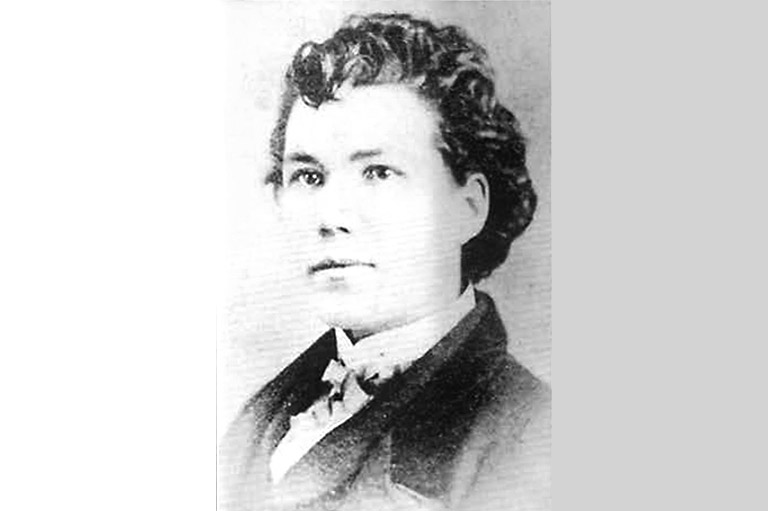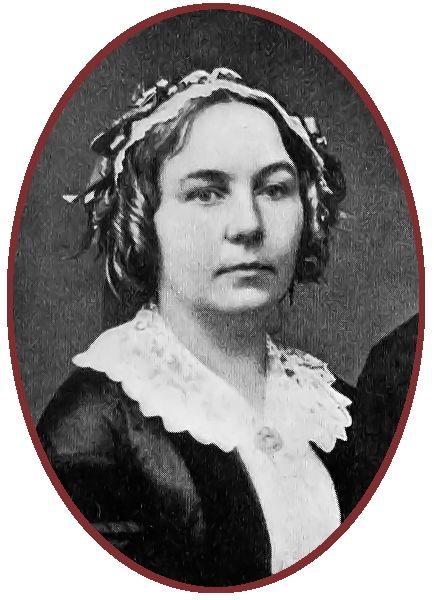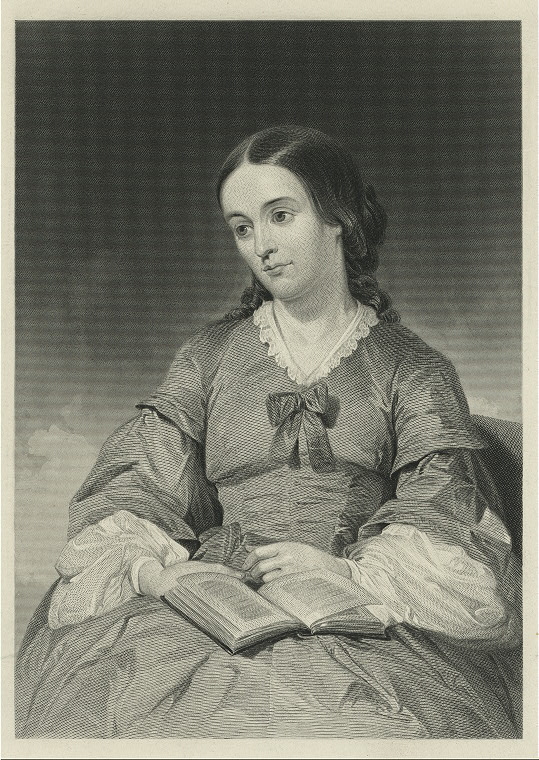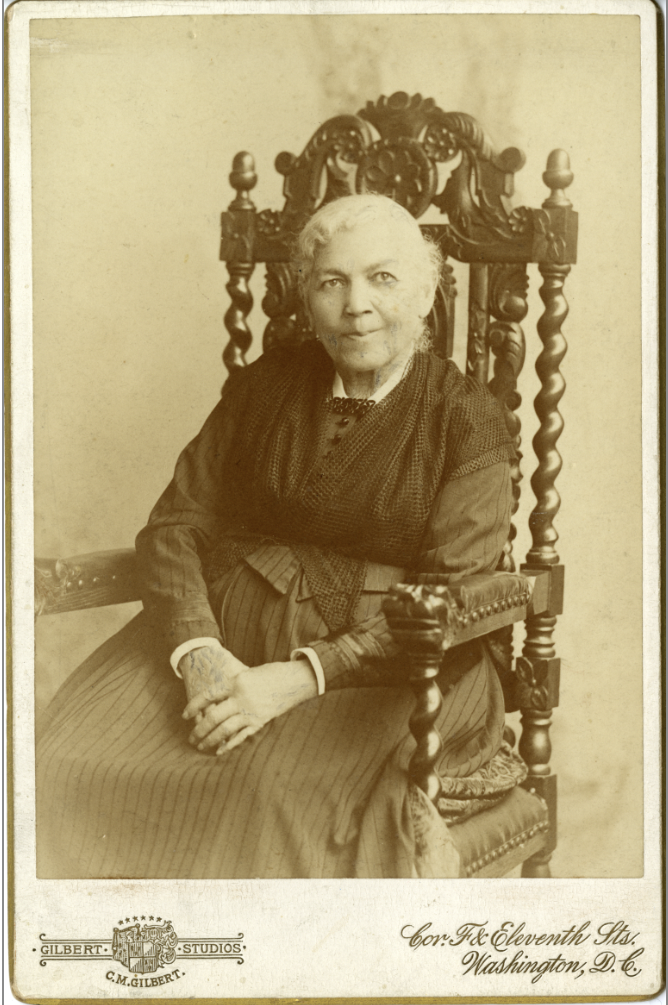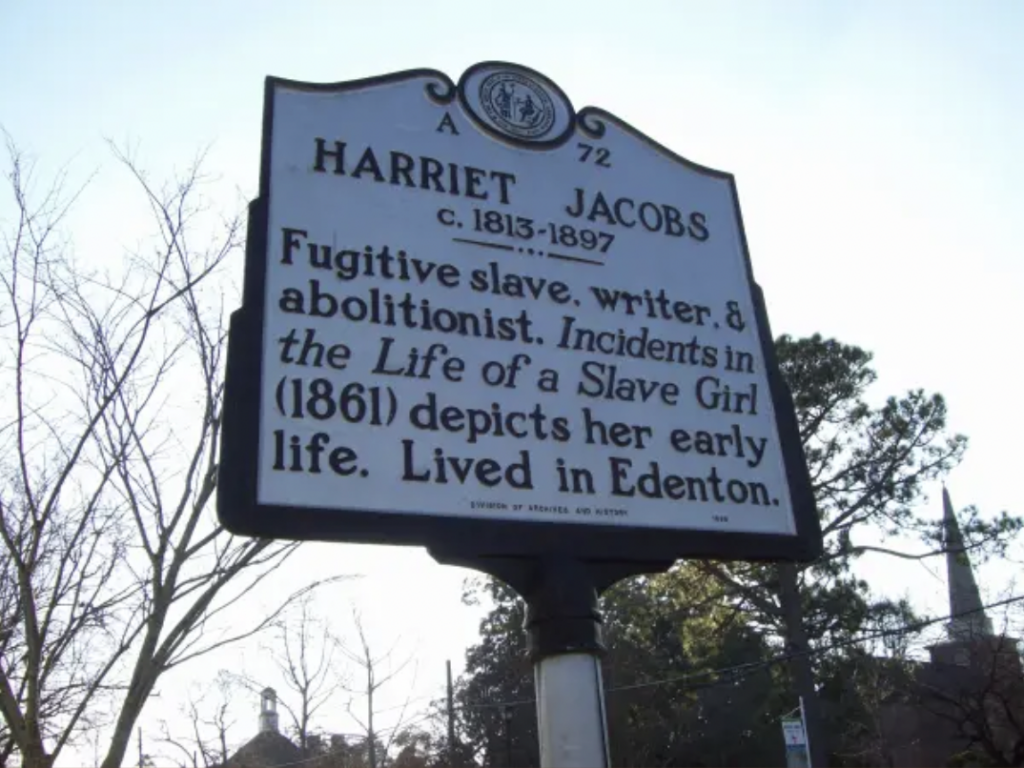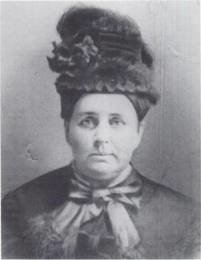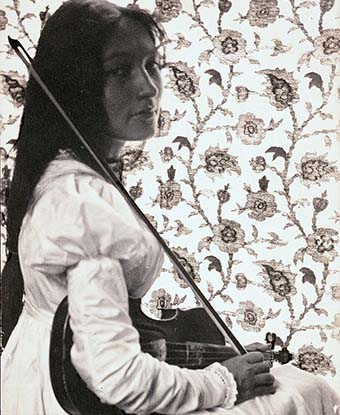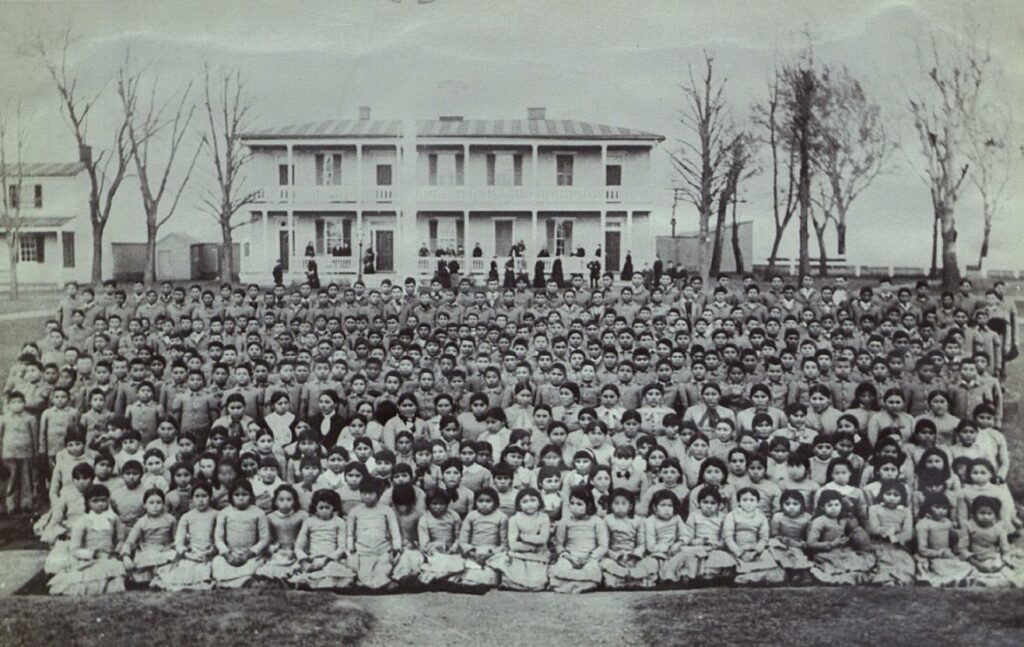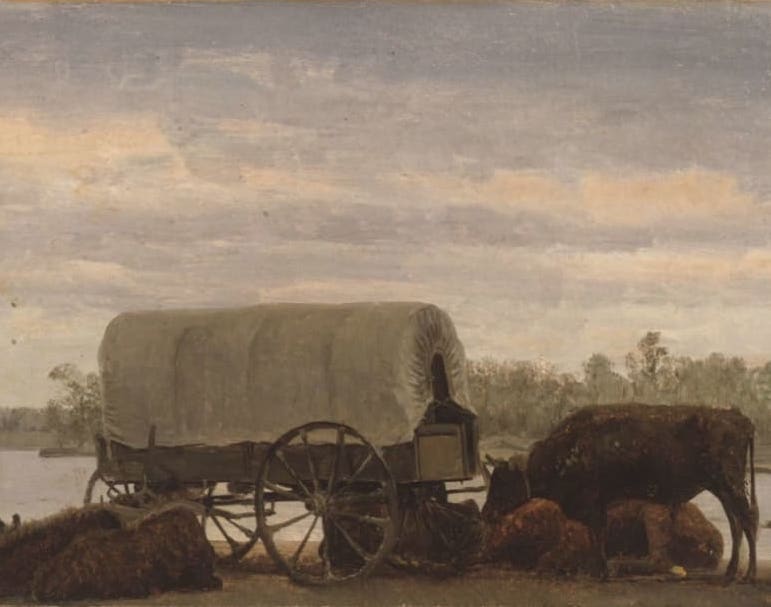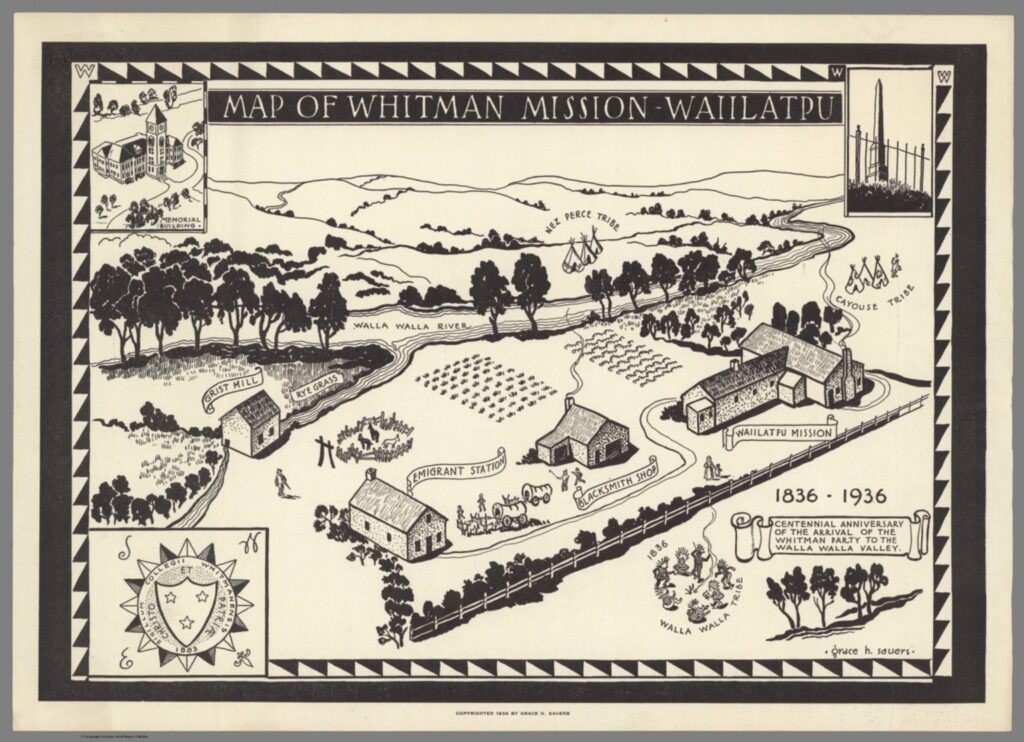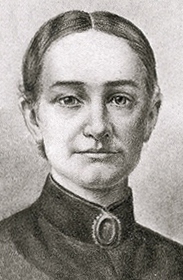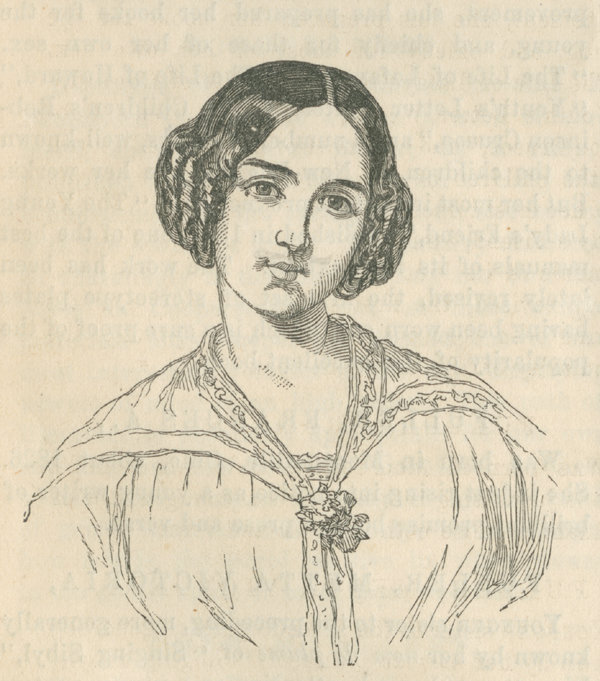As part of the ‘manifest destiny’ ideology, Americans expanded to islands in the Pacific and Caribbean throughout the nineteenth and twentieth century (Poblete 693). Furthermore, throughout his lifetime Thomas Jefferson had the will to pursue “an empire of liberty” (Poblete 693) by expanding the US to the Pacific and the Philippines. The idea of the extended westward expansion was seen by Americans as “the moralistic duty to civilize non-Anglo-Americans and their lands” (Poblete 693). Americans considered their nation superior to others, grounding it ideologically on the Manifest Destiny, and connected to that the God-given duty to proselytize other nations and their inhabitants. This ideology was implemented by reforming the education, government, economics, and health system on these islands (Poblete 695).
Additionally, since the beginning of the 19th century, there was a competition with several other European nations to establish hegemony in the Pacific and the Philippines due to its richness of natural resources (Poblete 693).
In 1898 the formerly Spanish rulers were mostly expelled by Americans in ‘the battle of Manila’ on May 1st. Still, the Spanish continued their fights till the winter of 1898 and eventually ceded the Philippines officially to the US. This cruel Spanish-American war had “At least 200,000 Filipino civilians [dying] from wartime violence, hunger, and illness.” (Poblete 703).
To establish hegemony in the Philippines, education was considered the most powerful tool to restore peace in the newly annexed Philippines and manifest the American ideology (Roma-Sianturi 6).
By the summer of 1901 army ships from San Francisco sailed out to the Philippines the most prominent ones were the ‚Buford‘ and ‚Thomas‘ (Fee 53, Steinbock-Pratt 372). These arriving educators are nowadays being remembered as the ‘Thomasites’. They had different university backgrounds but were mostly middle-class teachers. Amongst them was Mary Helen Fee.
Fee, as well as many of her colleagues, published works about their travel and educational mission in the Philippines. But Fees work was broadly consumed in the US (Roma-Sianturi 9). Her work was reviewed in prestige print media such as the ‘New York Times’. Fee’s book was so influential at that time that it was consumed as the foundation for academic reading. Due to the fact that the prestige she gained was formerly licensed exclusively to males her work can be considered a novum. (Roma-Sianturi 10).
Her book ‘A woman’s impressions of the Philippines’ was published in 1910 and is in retrospect often used as the foundation to analyze colonial pedagogy (Roma-Sianturi 10). In twenty-two chapters Fee is reflecting on the educational work she and her fellow ‘Thomasites’ did, whilst analyzing the ‘Filipino character’. By that time, her work was consumed in the US, and a “heated debate over imperialism developed in the United States, with anti-imperialists protesting colonization as contrary to US goals of freedom and democracy” (Poblete 702).
Hypothesis: Mary Helen Fee’s stuck picture of the Philippines and lack of will to change it whilst visiting it is a prime example of the chauvinistic mindset the US presented when invading the Philippines and showcasing its superiority.
In conclusion, Fee describes their mission as failed. Not because of the US teacher’s failure but rather the fact that due to the geographical distance from the outside world Filipinos are being shielded from the complexity of the world and for that have a lacking sense of the reality of life (Roma-Sianturi 11).
Chapter five of ‘A woman’s impressions of the Philippines’ provides an insight into how Fee experienced her first days in the city of Manila, the capital of the Philippines. In 1898, Manila was the scene of the Spanish- American war. The Americans winning this war, ironically with the support of Filipinos, it lay the foundation for the American hegemony over the Filipinos.
Interestingly enough Fee states that the teacher made a “pedagogic invasion of Manila” (Fee 45). Invasion is not necessarily negatively connotated in that context. It rather describes the huge number of teachers getting off the ship at Manila harbor.
Fee in her descriptions is often, besides using the English vocabulary, using words from Filipino. That shows a certain interest in the country and their mother tongue. As their journey to their contemporary accommodation along the river Pasig starts, Fee describes the surroundings in a very romantic manner. Fee states that she, before they even arrived, knew what to expect from the Philippines, but that they “were unprepared for the additional charm” the landscape provided (Fee 45).
Along the river are houseboats. Whilst rolling by these traditional native homes Fee is describing the circle of life of a Filipino.
“Children are born, grow up, become engaged, marry, give birth to more children- in short, spend their lives on these boats with a dog, a goat, and ten or twelve lusty gamecocks for society.” (Fee 45– 46).
Without having set foot in the city and talked to natives, Fee has a particular picture of the natives and their habits in mind. Due to narratives and illustrations, the arriving teachers had a clear and stuck picture of the Filipinos. Having been influenced by prior descriptions, Fee is continuing to construct a non-realistic image of the Philippines – reviewing the Filipinos as an “undeveloped race” (Roma-Sianturi 12).
However, she starts to compare the Philippines, especially Manila, to the US and by that makes a clear distinction between the modern (US) and the outdated (the Philippines). Furthermore, she compares the Philippines under Spanish domination with the Philippines under the prevalent US domination, making a clear distinction between the US modernity and the ’antique’ Europe and their lacking sense of innovation: “cheap, unattractive-looking European wares” (Fee 48).
Fee notes, that after three years of annexation of the Philippines the English language is slowly creeping into the Filipino everyday language: “Also English is spreading” (Fee 48). This shows the process of Anglicization tried to be established by the US government. By the teachers’ arrival in the Philippines, the US tried to implement their ideology into the young Filipinos’ minds.
Sources:
Fee, Mary H.. A woman’s Impressions of the Philippines. Chicago, A. C. McClurg & co., 1910. University of California Libraries.
Poblete, JoAnna. “The American Island Empire: US Expansionism in the Pacific and the Caribbean.” The Cambridge History of America and the World: Volume 2: 1812–1900, edited by Jay Sexton and Kristin Hoganson, Cambridge UP, 2022, pp. 693–715.
Roma-Sianturi, Dinah. “‘Pedagogic Invasion’: The Thomasites in Occupied Philippines.” Kritika Kultura, vol. 12, Feb. 2009, pp. 5–26.
Stephen Jackson. (2018) “The Triumph of the West”: American Education and the Narrative of Decolonization, 1930–1965. History of Education Quarterly 58:4, pp. 567-594.
